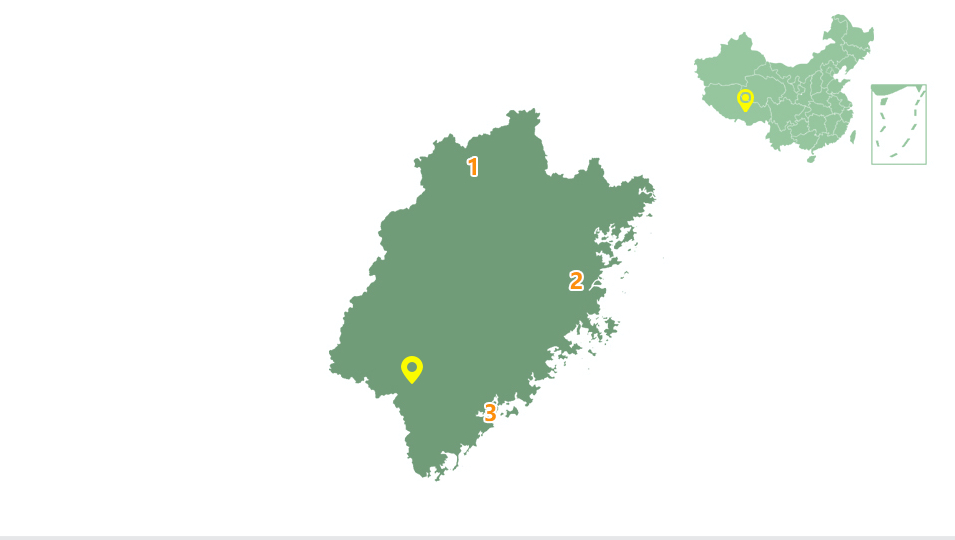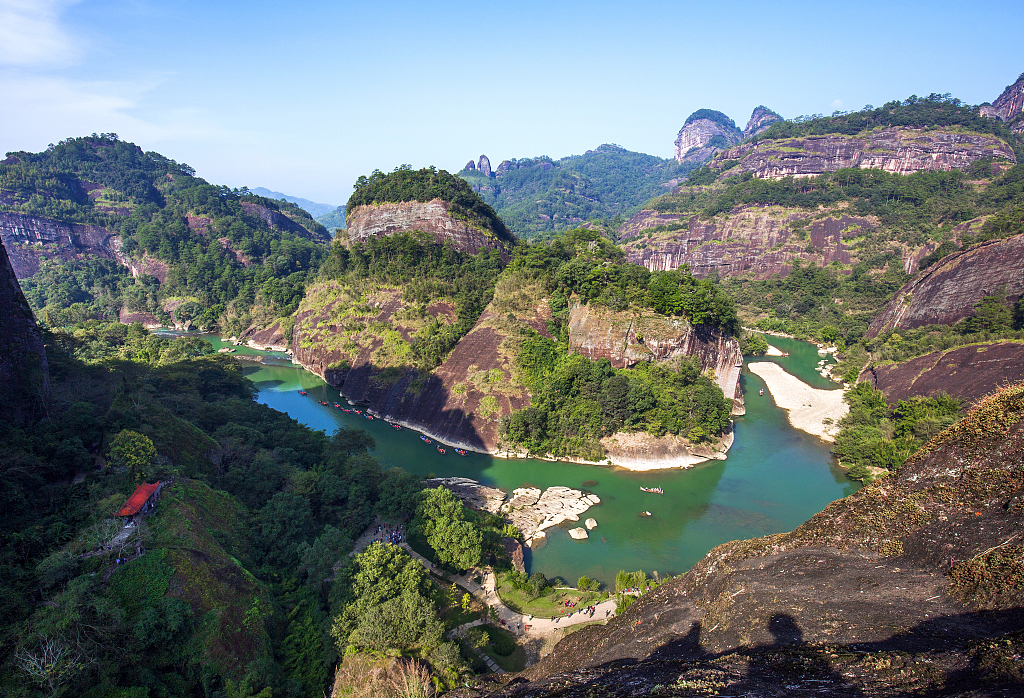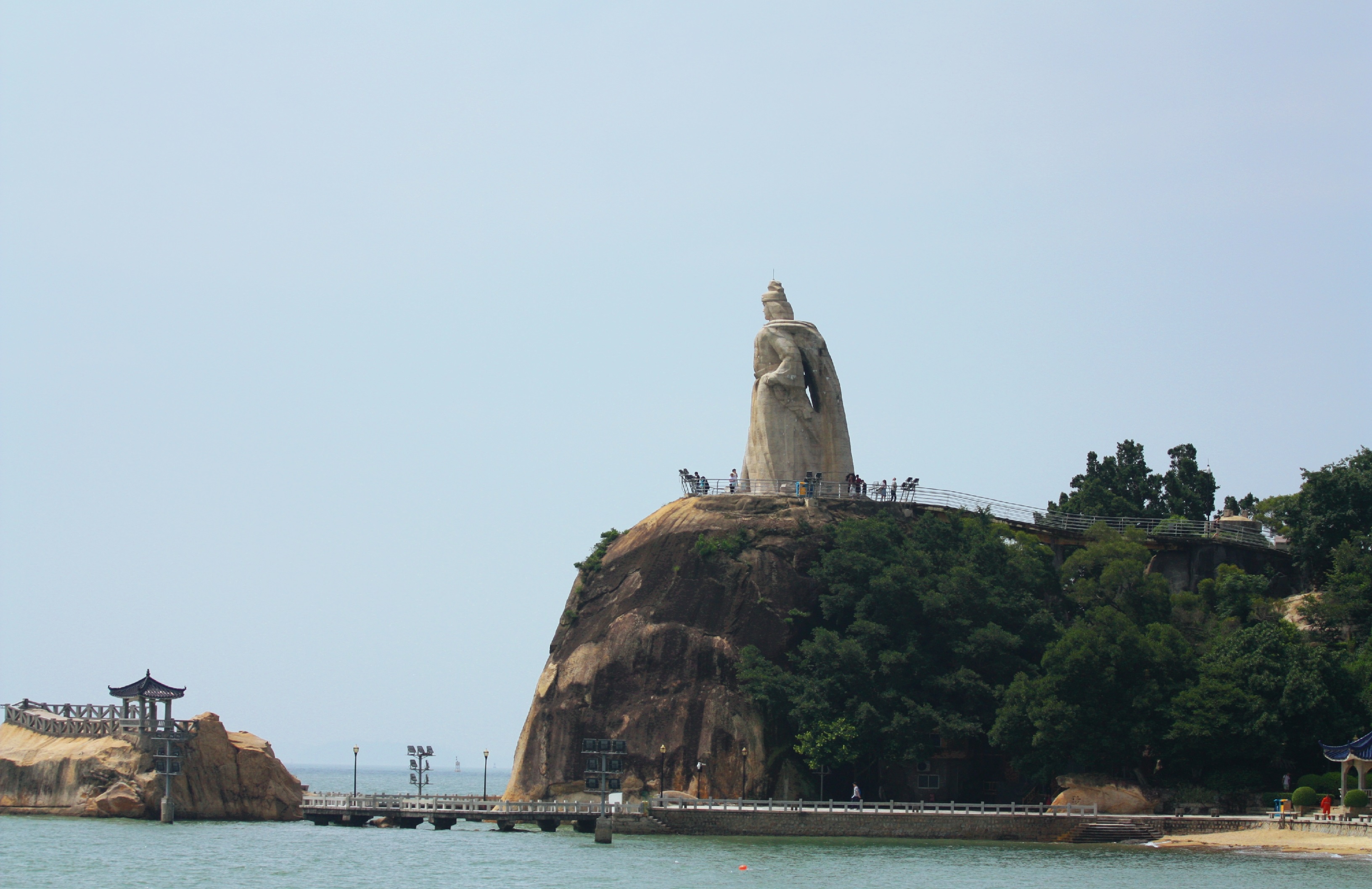
Longtan Village, Pingnan County, Ningde City, Fujian, China
Located in Xiling Town, Pingnan County, Ningde City, Fujian Province, Longtan Village used to be a “liushou” village (where adult villagers went to work in cities leaving behind the old folks and children) and inaccessible by public transport. In May 2017, Pingnan County initiated a “creative culture and tourism” poverty alleviation project. By setting up a pilot program, cultivating “the seed of creative culture and tourism”, making a “15-year lease plan”, building the infrastructure of the village, renovating the old houses and innovating in the management mechanisms, the village has transformed from an erstwhile “hollow village” into an “internet celebrity village”. Apart from changing production mode, drawing villagers back from the cities, helping new villagers settle down and starting new forms of business, the village has set up convenience stores, homestays and other facilities. As a result, the villagers’ per capita income has tripled since and undergone a phenomenal transformation.














